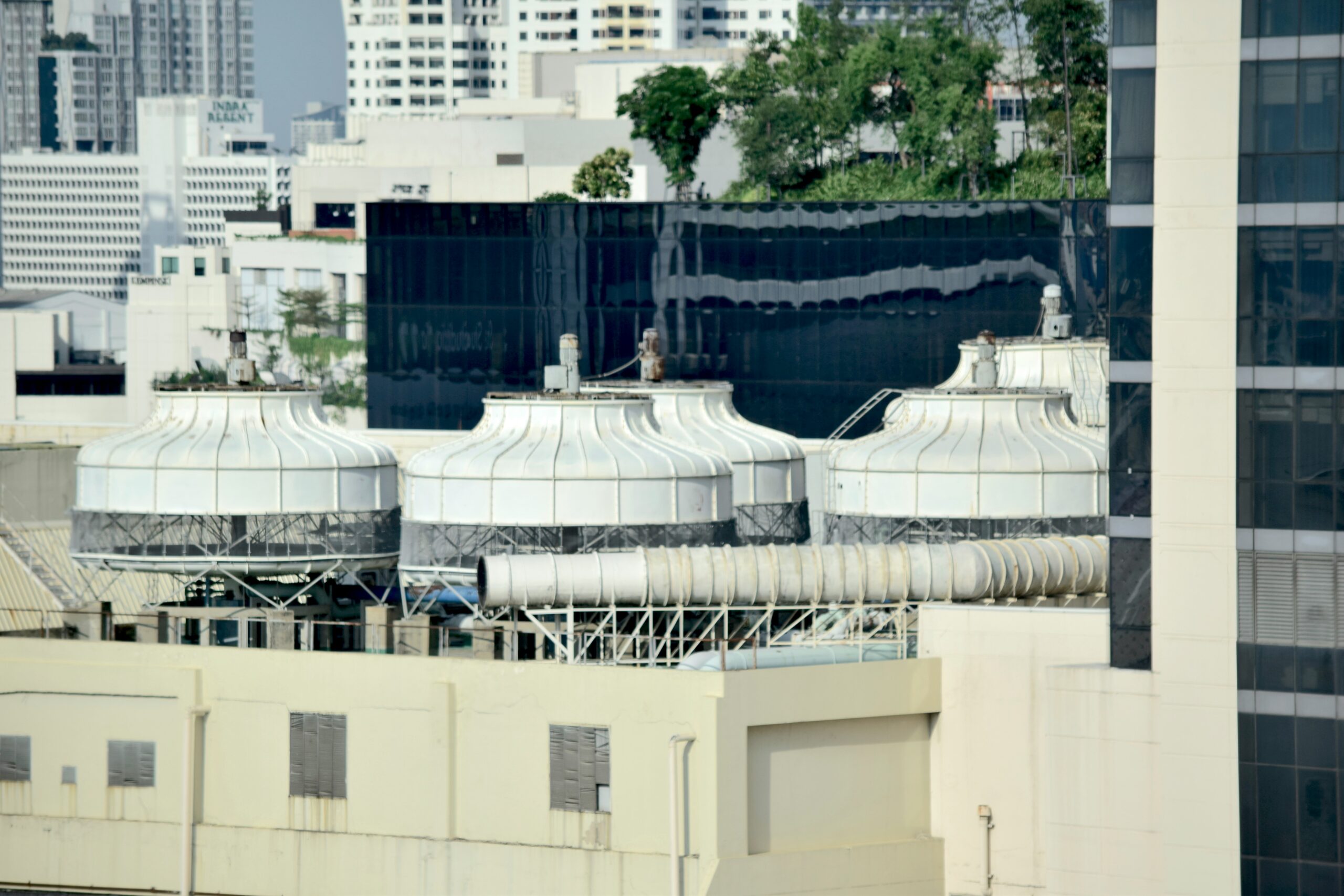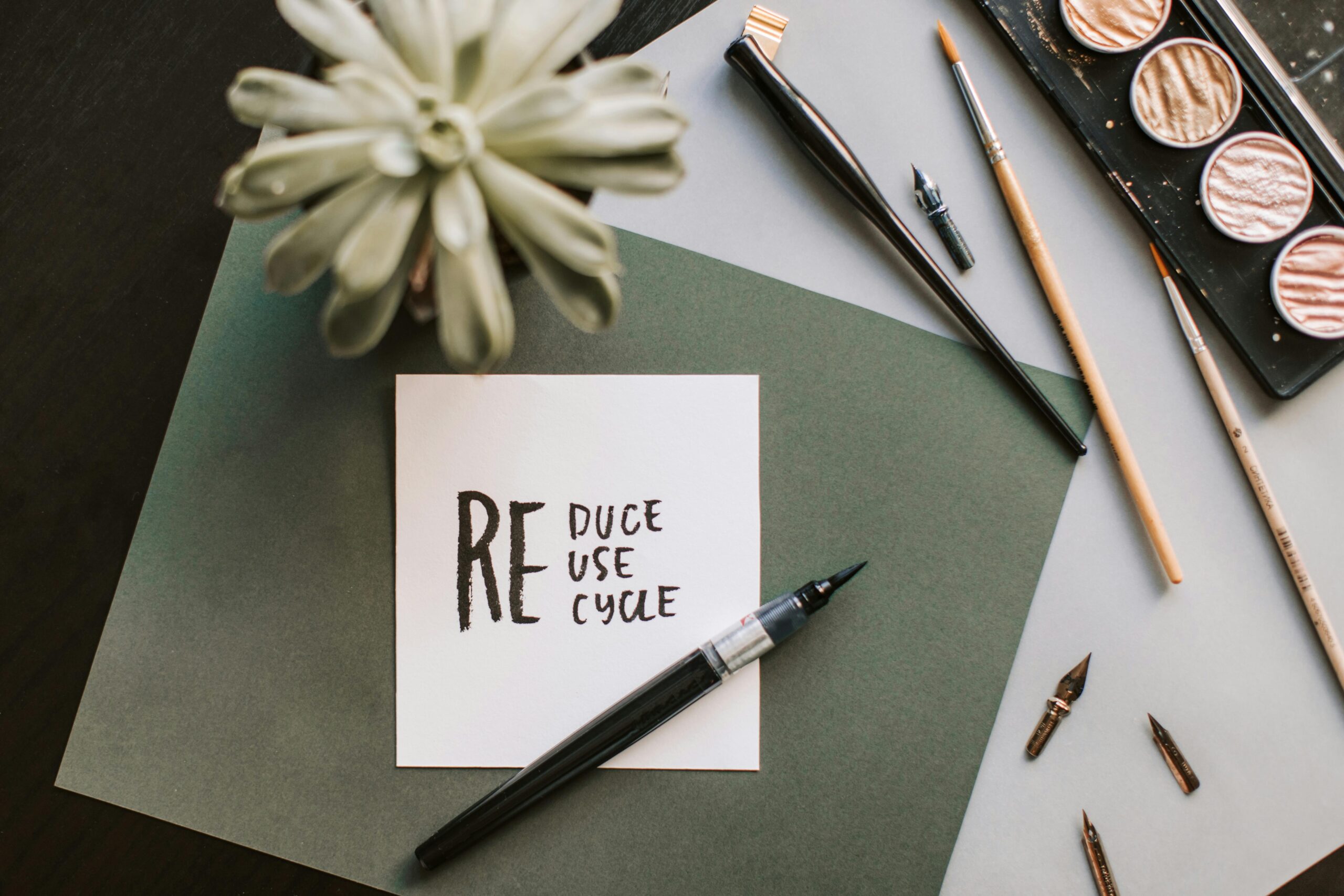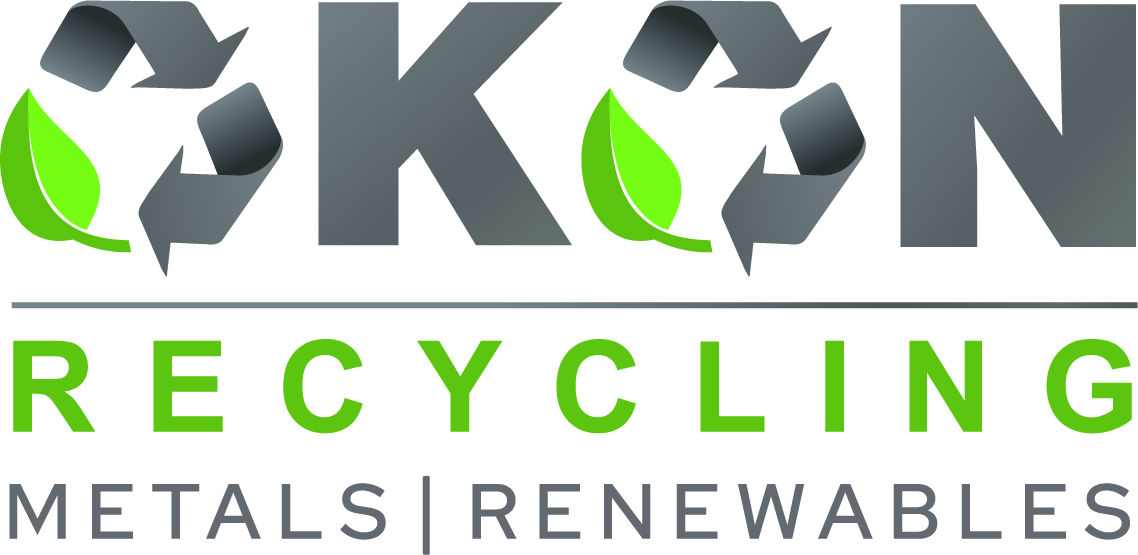5901 Botham Jean Blvd, Dallas, TX 75215
What is the Role of Chiller Recycling in Reducing Industrial Waste?
April 24, 2025Industrial chillers contain valuable materials that often end up in landfills when improperly disposed of. These large cooling systems, at the end of their operational life, present both an environmental challenge and a resource opportunity.
Without proper recycling, they significantly contribute to industrial waste accumulation across manufacturing sectors.
Chiller recycling transforms these outdated units into valuable resources through a systematic process. The recycling journey begins with the safe removal of refrigerants, which can harm the atmosphere if released. Components like steel, copper, and other metals are then carefully extracted and processed for reuse in new manufacturing.
This recycling process offers substantial environmental benefits. It conserves energy by reducing the need for new raw material extraction, cuts greenhouse gas emissions associated with manufacturing, and prevents hazardous substances from contaminating soil and water sources.
For industries aiming to reduce their environmental footprint, proper chiller recycling is a practical and impactful waste reduction strategy.
How Does the Chiller Recycling Process Work?

The chiller recycling process follows a structured workflow designed to maximize material recovery while ensuring environmental protection. It begins with a thorough assessment of each unit to determine its condition and recyclable components.
Initial Assessment and Preparation
Upon arrival at the recycling facility, every chiller undergoes a detailed inspection. This evaluation identifies valuable metals, refrigerant types, and potential hazardous materials requiring special handling.
Technicians document the unit’s specifications and create a recycling plan tailored to its unique composition. This stage is crucial for optimizing resource recovery and ensuring regulatory compliance throughout the process.
Safe Refrigerant Recovery
Refrigerant removal is a critical step in chiller recycling due to its environmental impact. These compounds can harm the ozone layer and contribute to global warming if released.
Specialized equipment extracts refrigerants from the cooling system through a sealed process. The recovered refrigerants undergo further processing in accordance with environmental regulations.
The recovery process involves connecting specialized equipment to the chiller’s service valves. Trained technicians extract the refrigerant into sealed containers for proper handling.
Component Disassembly
After refrigerant removal, the systematic disassembly process begins. Technicians carefully separate the chiller into its component parts based on material composition.
The process involves removing electrical components first, followed by mechanical systems. Motors, compressors, valves, and heat exchangers are segregated for specialized recycling streams.
Proper disassembly prevents cross-contamination between different material types, maximizing the purity and value of recovered resources.
Material Sorting and Processing
The disassembled components enter specific recycling streams based on their material composition. Metal parts constitute a significant portion of a chiller’s recyclable value.
Steel components from the chassis and framework enter metal recycling processes. The steel is cleaned, processed, and eventually melted down for reuse in new manufacturing.
Copper components, particularly from coils and electrical systems, hold substantial value. These undergo specialized recycling to preserve this highly sought-after metal for future applications.
Aluminum, plastic, and other materials are also sorted into appropriate recycling channels, directing each component to its optimal recovery path.
| Material | Value |
| Copper | High |
| Steel | Moderate |
| Aluminum | Moderate |
| Plastics | Low |
| Refrigerants | Environmental |
Environmental Impact Mitigation
Throughout the recycling process, environmental safeguards prevent the release of harmful substances. Proper handling of refrigerants significantly reduces greenhouse gas emissions that would occur from improper disposal.
Metal recovery eliminates the need for extensive mining operations, conserving natural resources and providing substantial environmental benefits.
Energy consumption in the recycling process is considerably lower than that required for primary metal production. Some facilities have achieved up to a 30% reduction in energy use per ton of processed material, further enhancing sustainability.
What Are the Environmental Benefits of Chiller Recycling?
Chiller recycling offers significant environmental benefits beyond just waste management. Properly recycling old chillers prevents harmful materials from contaminating landfills and recovers valuable resources for reuse in manufacturing.
Energy conservation is a major benefit of chiller recycling. Recycling steel components from chillers uses 60% less energy than producing new steel from raw materials, leading to lower greenhouse gas emissions in the industrial sector.
Refrigerant Management and Climate Protection
Proper recycling ensures safe handling of refrigerants in chillers, which can harm the environment if released improperly. Correct management during recycling prevents these chemicals from depleting the ozone layer.
The EPA estimates that waste heat recovery, related to efficient chiller management, could substitute about 9% of total U.S. energy usage, representing approximately 1.4 quadrillion BTU of energy that would otherwise be wasted.
Responsible chiller recycling significantly impacts the climate. For example, replacing a 250-ton electric-powered chiller with an eco-friendly alternative can prevent about one million pounds of CO2 emissions annually, equivalent to emissions from burning 55,000 gallons of gasoline or removing more than 83 cars from the road each year.
Resource Conservation and Landfill Diversion
Chillers contain valuable materials like steel, copper, and aluminum that can be recovered through recycling. Reclaiming these materials reduces the demand for virgin resource extraction and the environmental impact of mining operations.
Landfill diversion is another crucial benefit. Industrial equipment like chillers occupies significant landfill space when not properly recycled, and components can take decades or centuries to decompose naturally.
Water conservation is also part of the environmental benefits of modern chiller technologies. Newer systems significantly reduce water consumption compared to older models, contributing to sustainable water management.
Chiller recycling supports broader green building initiatives. Efficient chiller systems are important for certification processes like Leadership in Energy and Environmental Design (LEED) and Building Research Establishment Environmental Assessment Method (BREEAM), helping structures achieve higher sustainability ratings.
What Are the Economic Advantages of Chiller Recycling?

Chiller recycling offers a compelling business case that extends beyond environmental benefits. When businesses recycle obsolete chiller systems, they unlock significant economic value through multiple channels. The financial advantages make recycling a smart decision for forward-thinking organizations.
Recovered materials from chillers substantially offset disposal costs. Components like steel, copper, and other valuable metals can be extracted and sold back into the commodity market. This recovery process transforms what would otherwise be a disposal expense into a potential revenue stream.
Cost Savings Through Material Recovery
The economic value of material recovery is significant. Chillers contain substantial amounts of steel, copper, and aluminum—valuable commodities in recycling markets. These recovered materials directly reduce waste management costs for businesses.
According to industry data, recycling chillers can recover significant amounts of metal. The revenue from these materials often exceeds the costs of dismantling and processing the equipment, creating a net positive financial outcome for businesses disposing of old cooling systems.
Transportation and landfill fees represent another major cost consideration. By recycling, businesses avoid hefty disposal fees that continue to rise as landfill space decreases. These avoided costs contribute directly to the bottom line.
Revenue Generation Opportunities
Beyond cost avoidance, chiller recycling can actively generate revenue. The value of recovered materials is often substantial enough to create a positive return, transforming waste management from a cost center into a potential profit center.
Businesses with multiple cooling systems or large industrial chillers stand to gain the most. The scale of material recovery creates meaningful financial returns. Some companies have reported significant offsets to their equipment replacement costs through recycling programs.
The market for recycled materials remains strong despite price fluctuations. Metals recovered from chillers retain their intrinsic value, providing businesses with a reliable economic incentive to pursue recycling over traditional disposal methods.
Long-term Economic Benefits
The economic advantages of chiller recycling extend beyond immediate financial returns. Companies that embrace recycling practices often experience improved corporate image and stakeholder relationships, translating into business advantages in environmentally conscious markets.
Regulatory compliance represents another economic advantage. As disposal regulations become increasingly stringent, recycling helps businesses avoid potential fines and penalties, offering real financial value in waste management decisions.
Resource conservation through recycling also creates broader economic benefits. The recycling industry itself generates significant employment and economic activity. In 2020, the U.S. recycling industry supported 681,000 jobs and generated $37.8 billion in wages, according to the Bureau of Economic Analysis.
The economic case for chiller recycling grows stronger as businesses face increasing pressure to reduce environmental impact while maintaining profitability. By recognizing the financial value in materials recovery, companies can align sustainability goals with sound business practices, demonstrating that responsible waste management can support both environmental and economic objectives.
Conclusion: The Future of Industrial Waste Reduction Through Chiller Recycling
Chiller recycling is a vital aspect of future industrial waste management. Its environmental benefits go beyond merely reducing landfill waste. Proper recycling of industrial chillers prevents harmful refrigerants and chemicals from contaminating groundwater, while also recovering valuable metals and materials for reuse in manufacturing. This circular approach significantly reduces the need for new resource extraction and the associated environmental impact.
As industries globally face increasing pressure to reduce their environmental footprint, transforming cooling system waste into valuable resources provides an effective solution. Advances in metal extraction and water purification are enhancing recycling efficiency, with some facilities reporting up to a 30% reduction in energy consumption per ton of processed material.
For organizations aiming to improve sustainability and benefit from cost savings and regulatory compliance, we encourage you to contact Okon Recycling at 214-717-4083.
